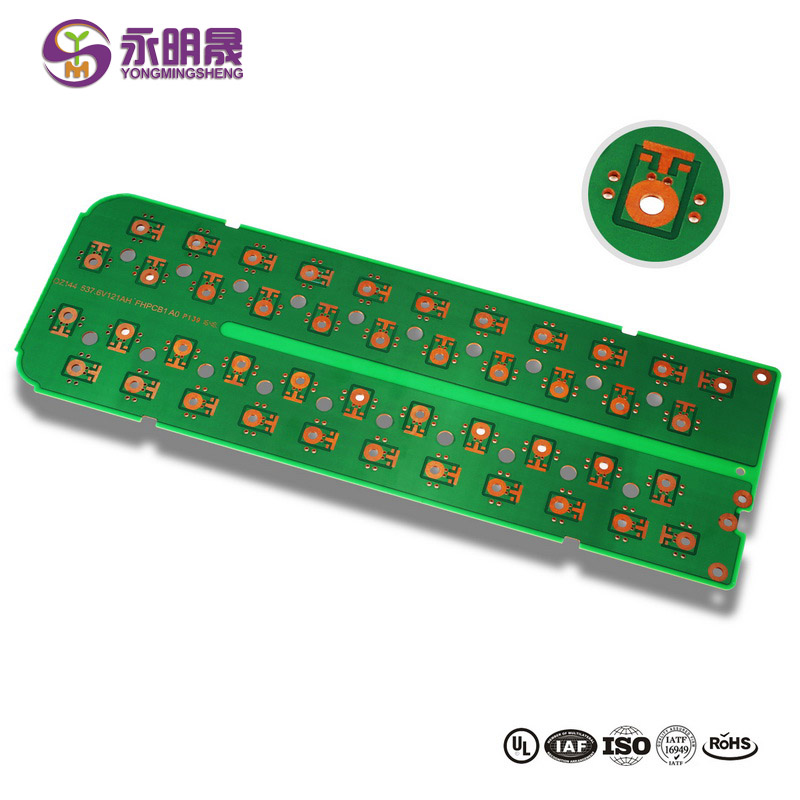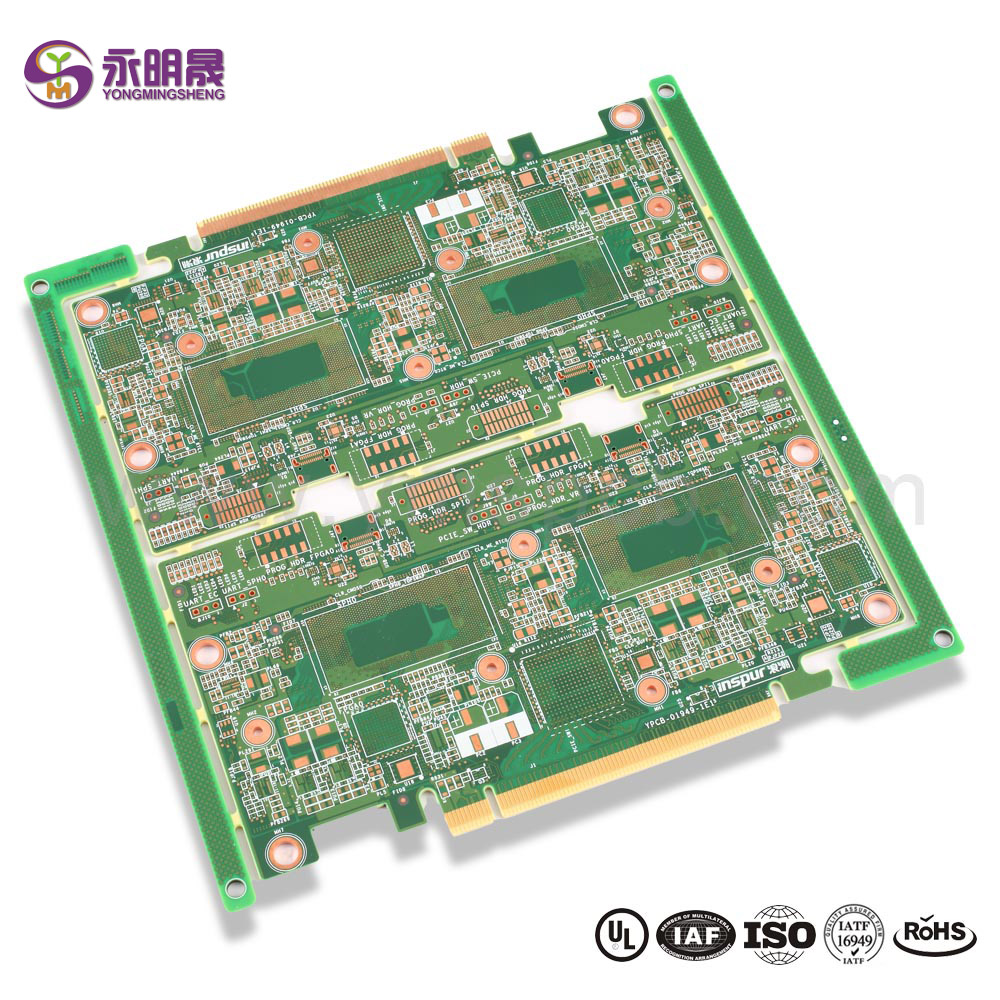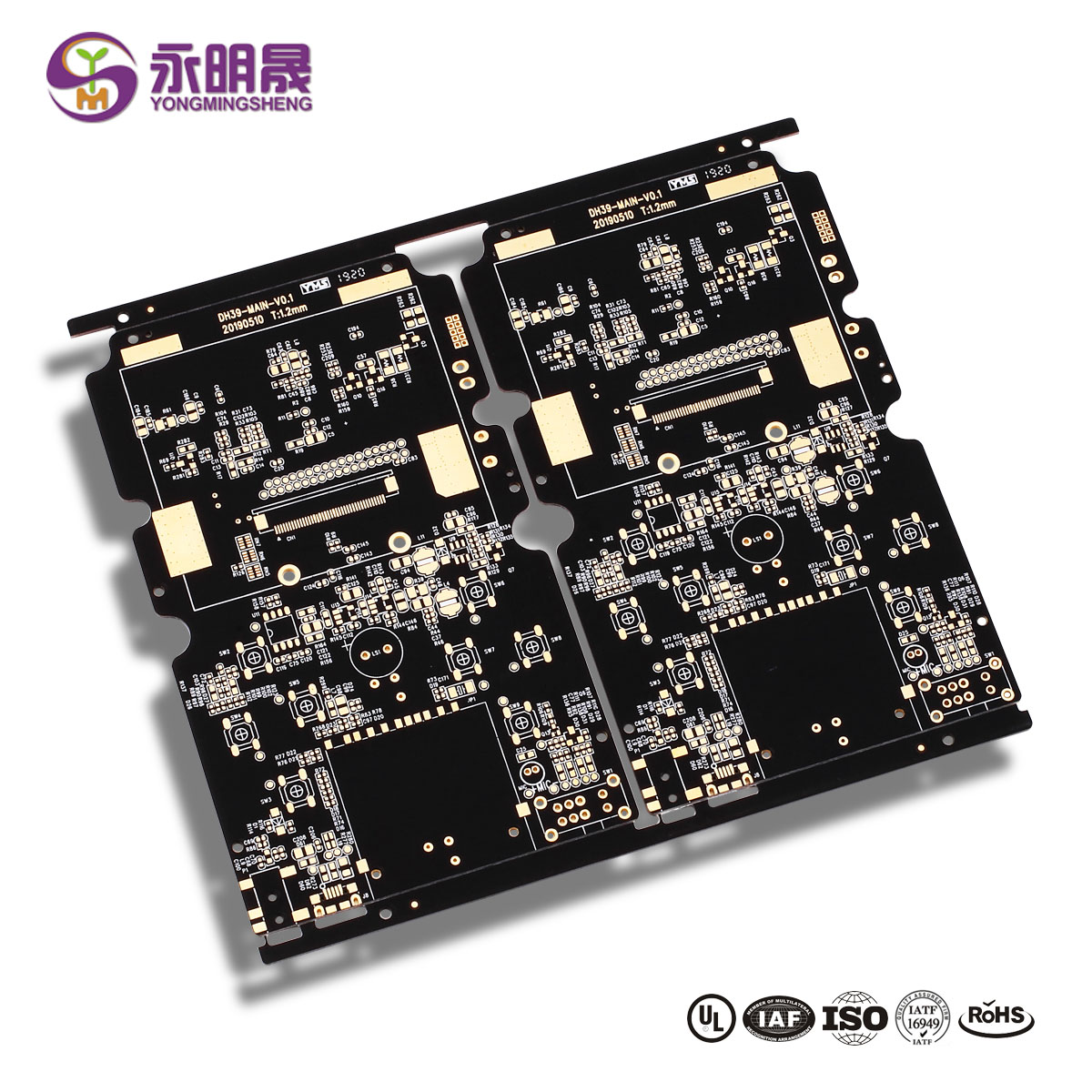PCB prototypes are early samples of products built with the sole purpose of testing design ideas to see if they work. Although most prototypes, in general, are made to test basic user functionality, engineers require somewhat, if not entirely, functional PCB prototypes to check the complete functionality of designs.
Different types of PCB prototypes are used to test different aspects of the design. Over the course of a project, a design team may use multiple PCBs at various stages of the design process. Some of these prototype types include:
Visual models
Visual models are used to illustrate the physical aspects of the PCB design and show the overall shape and component structure. These are usually the first prototypes in the design process, and they are used to communicate and review the design in a way that is easy and affordable.
Proof-of-concept prototype
Proof-of-concept prototypes are simple prototypes that focus on replicating the primary function of the board without carrying all of the capabilities of the final product. This kind of prototype is primarily meant to show that the design concept is viable.
Working prototype
Working prototypes are functioning boards that contain all of the planned features and functions of the final product. These are usually tested to identify weaknesses or problems in the design and rarely represent what the finished product is going to look like.
Functional prototype
Functional prototypes are meant to be as close to the final product as possible, providing the most accurate idea of what the design will look like and how it will work, with some basic material differences to keep prototyping costs low.
Why is prototyping important?
PCB designers use prototype PCBs throughout the design process, repeatedly testing the functionality of their solution with every new addition or change. While it may seem like prototypes add several steps and costs to the process, prototypes serve important functions in the design process.
Reduced Timeline
Engineers will go through several iterations before creating the final product. While this can create lengthy timelines, PCB prototypes can help speed up the design and manufacturing process as a whole through the following means:
Complete testing: PCB prototypes enable design teams to test designs and spot problems quickly and accurately, taking the guesswork out of the equation.
Visual assistance: providing prototypes as visual aids can help communicate the design more easily. This helps minimize time spent on explanations and client-requested redesigns.
Minimized rework: Prototype testing allows you to see and test the board before a full production run.
Manufacturing Review and Assistance
When using a third party PCB prototyping service, companies can benefit from the assistance of a new set of eyes. Several things can go wrong in the design process that result in mistakes, including:
Excessive input: In the design process, customer and team changes can build up and overlap to the point where the design is unrecognizable compared to its first iteration. Eventually, the designers may simply lose track of design best practices in the rush to meet client demands.
Design blind spots: While a designer may create fantastic PCBs of one specific type, they may have less experience in another area and subsequently create a small problem in the design.
DRC: DRCs can verify that a return path to ground exists, but may not determine the best trace geometry, size and length to get the best results from that path.
Accurate, Reliable Prototype
Having an accurate, reliable PCB prototype makes it much easier to solve design issues throughout the development process. Quality PCB prototypes accurately represent the functionality of your final product:
PCB design: Prototyping enables designers to catch flaws early in the development process, and the more accurate the design.
Functional testing: What works in theory doesn’t always work in practice. Accurate PCB boards will help assess the theoretical values of the board to see if they show up in the practical values.
Conditional testing: It is essential that PCB products go through appropriate testing to ensure that they will survive environmental conditions.
Final product design: PCBs are usually incorporated into a final product, and prototypes help determine if the planned product or packaging need to be adjusted for the final PCB design.
Test Components Individually
These prototype PCBs test single functions that are meant to be incorporated into a larger PCB, ensuring that they work as expected. This type of testing can be used for many purposes, including:
Testing design theories: Simple PCB prototypes are used in proof-of-concept runs, allowing engineers to see and test a design idea before it goes further into the design process.
Breaking down complex designs: Often, simple PCB prototypes break down the basic parts of a final PCB, ensuring that the design performs one basic function before moving on to the next.
Reduced Costs
Standard PCB production runs can get costly, and leaving things to chance can increase the bill. Prototypes are essential for reducing production costs.
Summary
YMSPCB is a professional PCB prototype manufacture in China and has over 12years of PCB prototype manufacturing experience.
In order to give you the best support and provide a quotation in time, our sales team follow
Up your local time.
For prototype PCB production, you can trust an industry leader like YSMPCB, we encourage you to read about this type of PCB, as we present it here.
Learn more about YMS products
People also ask
Post time: May-20-2022




